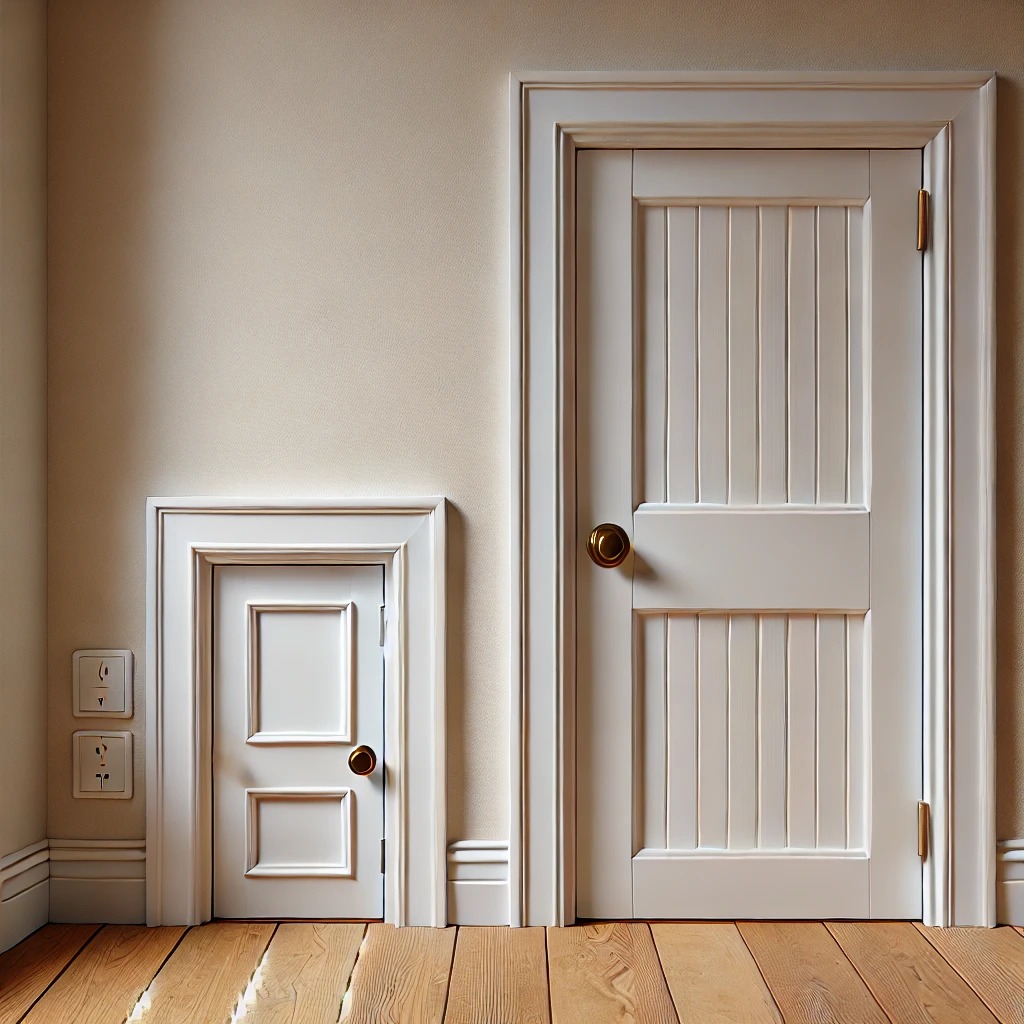If you’ve ever looked around a home that was constructed before the 1950s, you may have seen a little door hidden in a closet. For a long time, these small doors have baffled homeowners and history buffs alike. What did they serve as, exactly? How came they to be included into the walls? Find out what these small doors are really for and what the mystery is behind them in this article.
A frequent misunderstanding about these little doors is that they were fashioned as hidden pathways or hiding places. Although the truth is somewhat more ordinary, the concept of secret rooms and underground operations gives these ancient homes an aura of mystique. Another common misconception is that this door conceals a space for stowing bags. It would be logical to put it next to a closet. It seems like the space isn’t big enough to accommodate a large luggage, particularly when the previous ones didn’t have wheels. Linen storage and ironing board space are two more often mentioned alternatives. However, in reality, the little doors had a functional purpose in the 1950s and 1960s and were not intended for clandestine reasons.
A card table was the intended recipient of the extra space that these little doors really provided. A lot of people’s leisure time in the middle of the twentieth century was spent playing card games. Games such as rummy, bridge, or poker would bring people together. On the other hand, when not in use, card tables may be really large and occupy a lot of room. Brilliant architects and designers solved this problem with the little door.
ADVERTISEMENT
ADVERTISEMENT

